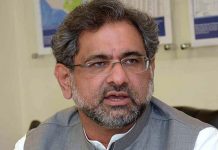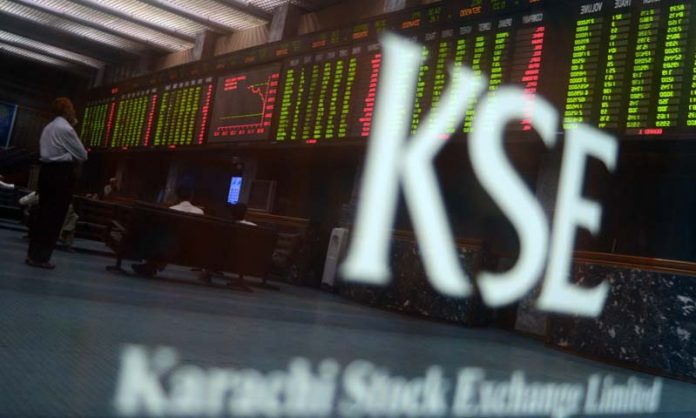KARACHI
Pakistan’s benchmark KSE-100’s total return has declined 3 per cent during first half 2017 to 46,565 points.
Bulk of the sell-off was seen in June 2017 (worst June since 1999 and worst month since March 2015), with the index crashing 8 per cent due to a plethora of negative news and events that missed expectations. In 2016-17, the index rose 23 per cent versus a 10 per cent increase in 2015-16.
Towards the end of May, the index had rallied up to an all-time high of 52,876 points (+11 per cent CYTD) as investors were gripped by euphoria stemming from anticipation of foreign inflows on the back of the MSCI upgrade.
Expectations were first dashed when the government announced 2017-18 Federal Budget excluding key proposals from the Pakistan Stock Exchange (PSX), while tightening up tax measures on investors and companies.
The second shock to sentiments came when MSCI upgraded Pakistan to EM status, while the industry was convinced that there would be net inflows – with estimates ranging wildly based on MSCI literature, historical comparison with Qatar/UAE, corroboration with foreign fund managers and research houses, best guesstimates etc – in truth, there was a net outflow.
Then there was the ever persistent political overhang; the country’s prime minister just recently acknowledged (while speaking to the Media in London) that indeed the stock exchange index had nosedived due to the ongoing situation in Pakistan, but vowed to undertake all measures to stabilize it again – referring to the investigation of his children’s names appearing in the infamous Panama Leaks and the political and media circus arising from it.
The analyst at topline securities claimed that they have compiled performance of MSCI EM countries’ benchmark indexes along with some other regional peer markets.
According to their reports, the benchmark Pakistan KSE-100 index has grossly underperformed peers, returning negative 2.6 per cent as compared to positive returns for most Countries barring UAE, China, Qatar and Russia, while the MSCI EM & FM indexes returned 17.6 per cent & 12.6 per cent, respectively.
Foreigners remained net sellers during first half 2017, with the quantum growing over seven fold as they offloaded positions worth $333 million as compared to $41 million last year. Analysts believe that selling likely amplified due to political and economic concerns.
Major selling was concentrated in Cement ($136mn), followed by Power ($43mn) and Banks ($39mn).
Average daily volumes in the ready market stood at 315 million shares, up 72 per cent compared to 182 million shares last year.
While it is also true that, the traded value was up 81 per cent to Rs 16.3 billion/$155 million compared to Rs 9.0 billion/$87 million. The surge in traded value was due to increased activity in blue chips, amplified by the MSCI upgrade.
On the LIPI front, Mutual Funds provided major liquidity buying up equities worth $268 million, while insurance companies also supported with inflows of $128 million. Individuals and Banks remained sellers, offloading $77 million & $73 million, respectively.
While the industry was under the belief that Pakistan would witness inflows to the tune of $300-500 million, when the day finally came, there was an outflow of $82 million. This had a humbling effect on all market participants, causing market sentiments, outlook & performance to take a U-turn.
Analysts believe the top concerns for investors right now are the Panama case & External account deterioration.
As stated earlier, analysts are of the view that until the JIT’s final report and subsequent decision by the Supreme Court, the market will likely remain subdued. However, an early resolution would be amicable for all stakeholders, as in fact uncertainty is worse than the event itself.
The index target for December 2017 stands at 54,000 points, providing upside of 16pc from current levels.
























